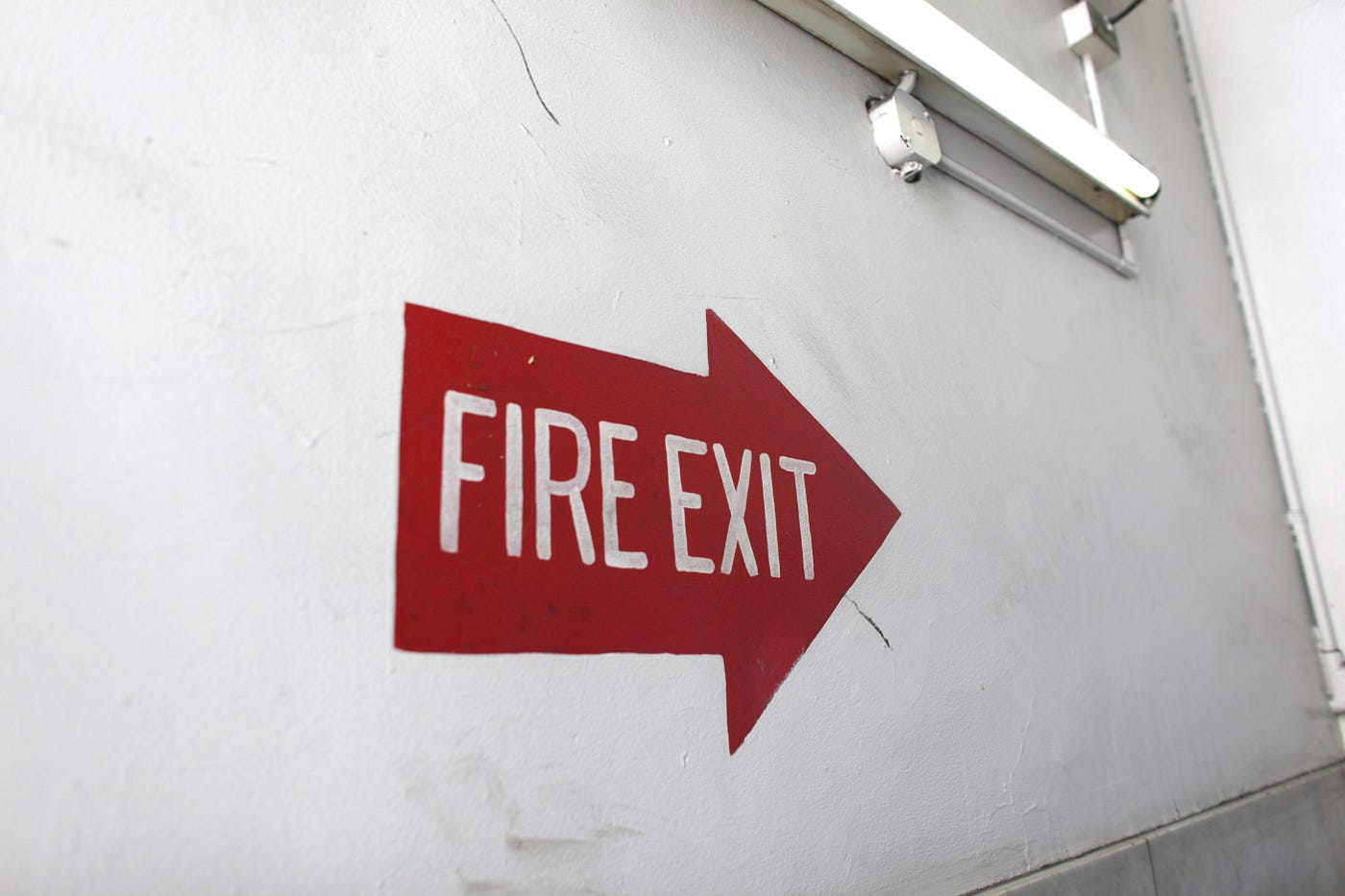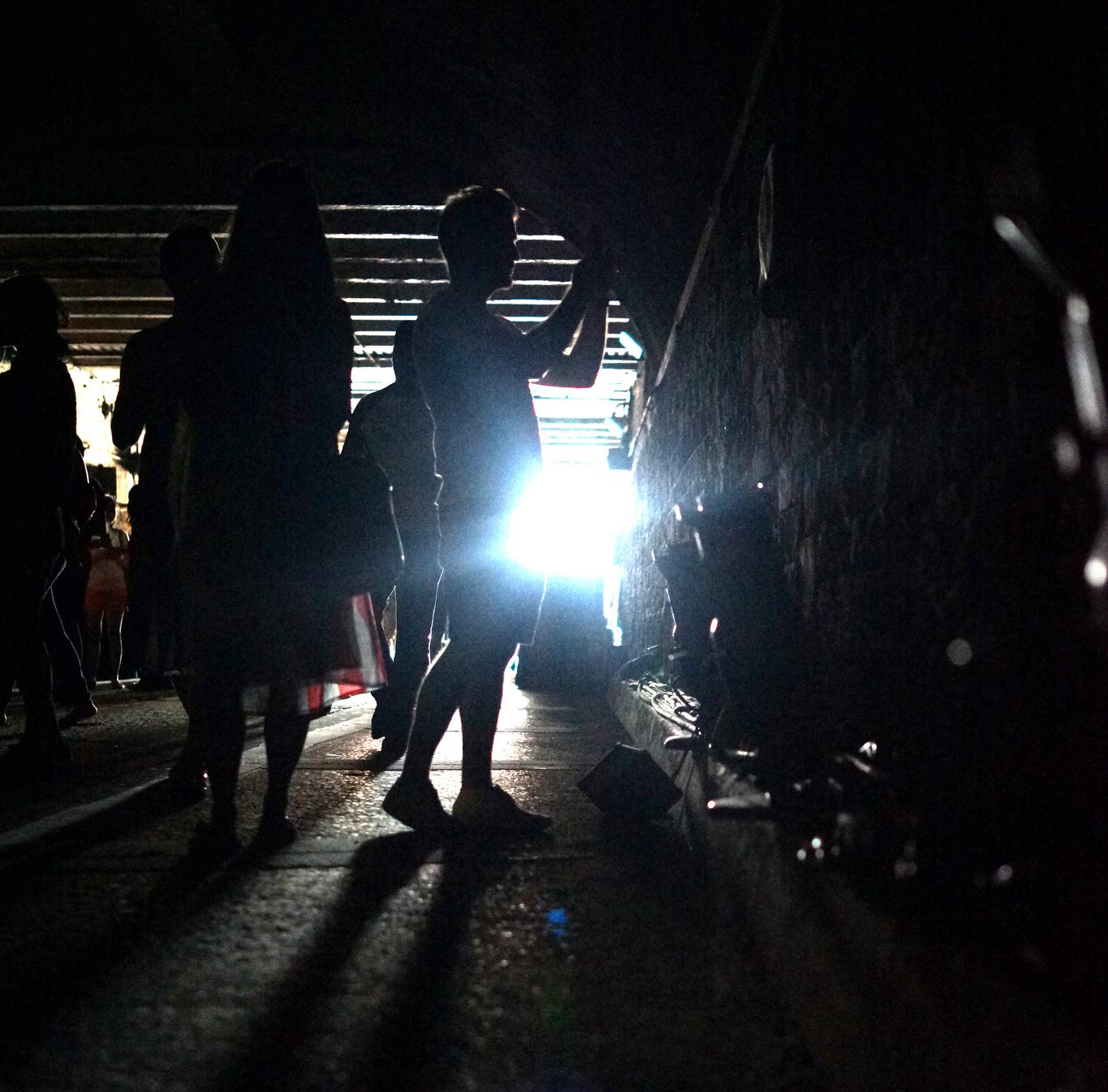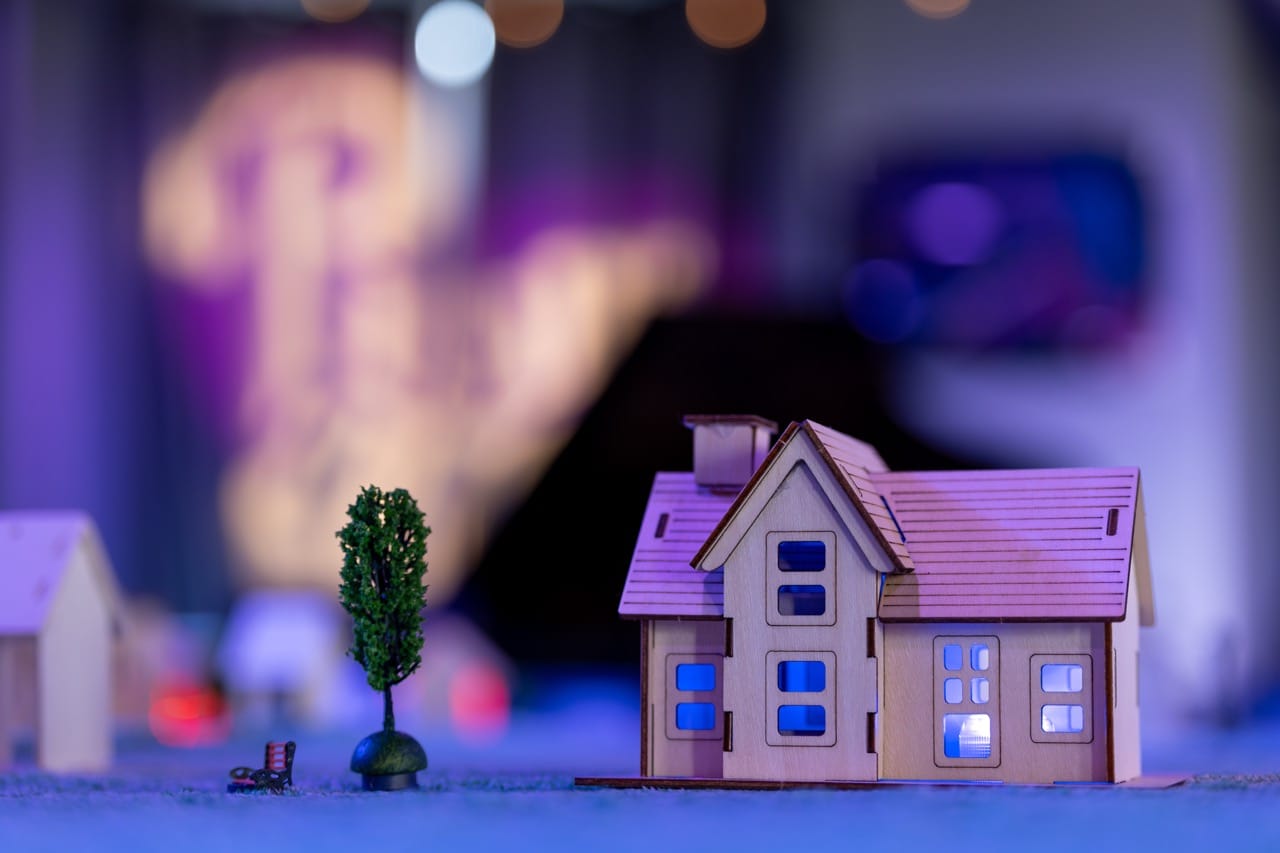This week, the topic of consent has come to the forefront of our discussions in the immersive community, following the release of this article by Buzzfeed regarding ongoing sexual assault reports at Sleep No More. In particular, it addressed harassment experienced by the performers at the hands of audience members, who take the “fortune favors the bold” mentality much too far. It’s something that comes up a lot, though clearly not enough: as creators of immersive experiences, how do we emphasize the importance of safety to our audiences? How do we not only protect our audience members and our stories, but protect our employees and performers in these vulnerable worlds that we have created?
Immersive theatre is a form known for its up-close-and-personal, open-world approach to audience interaction, encouraging its participants to “lose themselves” in the story and open up to a world of fantasy. It is a medium of blurred boundaries: between who is a performer and who is a spectator, and what is real and what is pretend. Despite this structure, there are certain “real-world” rules that can’t be overlooked, nor should these rules be seen as a threat to the sacred (and sensitive) art of immersing an audience in fantasy.
I am someone whose life has become fully entwined with the immersive world. I take on multiple masks: a creator, a critic, and a consumer of immersive content. The fantasy worlds that our community has built together are sacred to me. That being said, it is vital to remember that they are sacred because they are real. For me, the moments where we, as spectators especially, can remember who we are, and feel both grounded and viscerally connected to a work — those are the moments which make immersive special. It isn’t just about “playing pretend”; attending immersive experiences is about connecting with yourself and others in a very real way. When considering things from that perspective, it is even more crucial that realistic boundaries are set for participants.
In the fluid environment of an immersive show, consent is vital. Almost every show includes some kind of opening speech, or a time to learn the “laws of the land”: don’t open closed doors, don’t use your phones, don’t speak unless spoken to. This time is built into the show, considered standard and expected by those familiar with the form. Discussions regarding consent are easily accommodated within these prep periods, as evidenced by many of the productions running today. Even inside the imaginary world of a show, government regulations and the laws of basic human decency still apply, regardless of how risqué or dangerous the show’s content may be.
Making audiences aware of the performers’ rights as people should never be sacrificed to keep up an illusion, or to protect the tone of a show. Safety is not something to be dressed up in a bow or glossed over. It is a deliberate, straight-forward, logistical foundation, without which a show cannot continue. Asking audience members to respect the performers, as well as making them aware of reporting and removal protocols, should be tantamount to pointing out emergency exits.

Mystique is not worth putting someone’s physical or emotional health at risk. Elegance is not worth ignoring the unfortunately common violations that people may encounter. Simply put, we need to acknowledge that performers are people, and that actions have consequences. There should be nothing alluring about creating an opportunity to violate others through the (cheeky or unintentional) omission of audience regulations.
On the other side of the same coin, setting expectations for rules of engagement would provide numerous benefits to not just the performers, but the audience members themselves. By fostering a safer environment for all participants, audience members will be at lower risk of encountering other guests who may violate these rules. I believe most attendees would agree that they are better able to relax and enjoy an imaginative space and beautiful performance if they feel safe while doing so. There can be only a positive impact in letting audience members feel more able to explore things safely and without serious physical risks.
There is another thing that comes to mind, though.
There have been countless times that I’ve spoken to a friend who has just experienced their first immersive piece, only to have them say, “I didn’t do much, because I didn’t totally understand how much I was allowed to do.” This is to be expected; the immersive world is nebulous and strange, and that’s what makes it so special. I’m sure many avid fans would agree: the magic of immersive lies in your own agency. The freedom to lose yourself in a space on your own time, to create a story, and yes, even to be physically and emotionally close to others: all of these create the intimate and personal feelings connected to immersive work which are so invaluable.

There is a certain wonder to being held close or taken by the hand by a stranger — when it is something in which you choose to participate, with the understanding that you can rescind your consent at any time, should you change your mind about wanting to take part in the experience. This should be a common belief held not just for audience members, but for members of the show’s team. It should always be okay for a performer, employee, or audience member to express the need for help, or walk away from a situation that is putting them in danger.
By setting standards of behavior, immersive works receive the added benefit of letting the audience know what is and isn’t permitted. Audience members won’t be trapped by the uncertainty of what they are and are not allowed to do. Instead, they can focus on discovering the intricacies of what is allowed within clear boundaries. For boundaries to be explored, boundaries must first be set, and we can hope that by setting certain standards, we can build a more concrete environment in which people can explore safely.
Acknowledging the rights and value of both employees and performers as people can only improve immersive storytelling. I’ve reflected often this week on what a mentor in the community once told me: the secret to immersive performing is knowing that you and the audience member are just two people in the room together. Asking for changes to be made seems basic, but is clearly necessary.
There is one additional thing which I implore any creators in our community to take heed of: we are in the extraordinarily lucky time of being on the ground floor of immersive theatre as an industry. Over the past year, the entertainment industry has finally started to come to terms with the insidious sexual abuse and assault embedded in its culture and history; these issues pervade everything from movies, music, TV, modeling, theatre, and beyond. There have been expectations built for artists to keep quiet to maintain their jobs, social status, and relationships. As those expectations are broken, we are finally hearing how dangerous it is to work in these industries under current standards. We have just begun the grueling work to undo these norms, but for many victims, it is much, much too late. It is imperative, but difficult, to undo something that has existed since the beginning.
And that brings us to now. To all of our deepest joys, the immersive community is growing every day. This art form which lights passion within each of us is becoming bigger and bigger — and it is all just getting started. Now is the time to build what we want this to be. As we continue on as both creators and consumers, we have the choice to make safety and consent our top priorities. We have the choice to say what behaviors are — and are not— expected, allowed, and accepted, both in the shows we make and in the audiences we make up. In addition to standards of structured regulations and protocol on the administrative end, we need to hold each other to these standards, from one audience member to another.
If you see someone (be it a spectator or a show itself) violating regulations, speak up. Ask for change. Most importantly, listen when others express their concerns, and believe what they say. We have the power to set a new and better standard, before the immersive industry falls prey to the same faults that other industries are just now starting to combat.
And it must be done now.
If you know of unsafe conditions that are not being addressed properly by producers we encourage you to tell someone. It doesn’t have to be us, but our door is always open. If there is an incident you wish to discuss, please contact one of No Proscenium’s editors directly. Your identity will not be disclosed or published without consent.
No Proscenium is a labor of love made possible by our generous backers like you: join them on Patreon today or tip this author directly on Gumroad:
In addition to the No Proscenium website, our podcast, and our newsletters, you can find NoPro on Twitter, Facebook, YouTube, Instagram, in our online community Everything Immersive and in our Slack forum.















Discussion